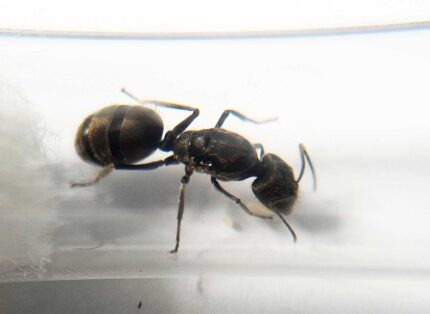
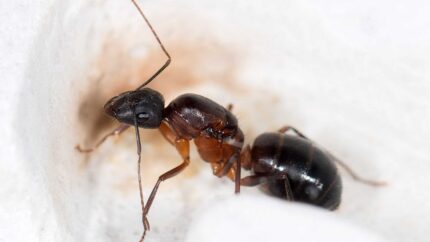
Camponotus balzani
309,90 zł – 419,90 zł
Camponotus balzani is a species of ant that is known for its size and coloration. It requires a specific diet to thrive and has specific humidity and temperature requirements. The process of developing Camponotus balzani is also discussed. Overall, this concise summary highlights the key aspects of the full product description.
| Behavior | |
|---|---|
| Difficulty in breeding | |
| Origin | |
| The size of ants | |
| Wintering |
Camponotus balzani – The Fascinating Ant Species
Colony Type: Monogyny
Colony Size: Up to 5000 workers
Development Speed: medium
Size and Color of Camponotus balzani
- Queen: 14-16 mm
- Workers: 6-9mm
- Majors: 9-13mm
Their intricate bodies are adorned with an appealing combination of colors, showcasing a mix of black, red, and orange hues. This unique coloration makes Camponotus balzani an aesthetically pleasing addition to any ant collection.
Nutrition for Camponotus balzani
- Food insects (such as cockroaches and crickets) dead, or live if colony is big
- Syrup (a mixture of water and honey or sugar, with a ratio of 4/3 water:1)
- Fruits and vegetables
- Jelly
- Cooked chicken without salt, shrimps
- Honey
Humidity and Temperature Guidelines for Camponotus balzani
- Humidity: Arena: 50-80%, Nest: 60-70%
- Temperature: Arena: 24-30 °C, Nest: 23-26 °C
Developing Camponotus balzani
The life cycle of Camponotus balzani is an intriguing process, filled with various stages of development. Understanding these stages is essential for successful ant keeping and breeding.
Egg Stage: The life cycle of Camponotus balzani begins with the queen laying eggs. These eggs are tiny and translucent, making them difficult to spot without magnification. Patience is key during this stage as the eggs take approximately 14 to 30 days to hatch, depending on the environmental conditions.
Larval Stage: Once the eggs hatch, the larvae emerge. They are legless and have a soft, white appearance. During this stage, the larvae grow rapidly, consuming food provided by the workers. Proper nutrition is crucial during this stage to ensure the larvae receive adequate nourishment.
Pre-pupal Stage: As the larvae grow, they enter the pre-pupal stage. At this point, they undergo some physical changes in preparation for their transformation into pupae. Care should be taken to provide a suitable environment during this stage, maintaining proper humidity and temperature conditions.
Pupal Stage: The pupal stage is a critical phase in the life cycle of Camponotus balzani. During this stage, the ants undergo metamorphosis and transform into adult ants. The pupae are pale and immobile, protected by a cocoon-like structure. It can take anywhere between 10 to 30 days for the pupae to complete their development.
Adult Stage: Once the pupal stage is complete, adult Camponotus balzani ants emerge. These ants are fully grown and capable of performing the various tasks required within the colony, including foraging for food, caring for the larvae, and defending their territory.
Conclusion
Camponotus balzani, with their captivating appearance and intriguing life cycle, are a fascinating addition to any ant enthusiast’s collection. Providing a suitable habitat, ensuring proper nutrition, and maintaining the ideal humidity and temperature conditions are all essential elements for the successful keeping and breeding of these ants. By understanding their unique requirements and meeting them diligently, enthusiasts can witness the captivating journey of Camponotus balzani, from eggs to fully grown adult ants.


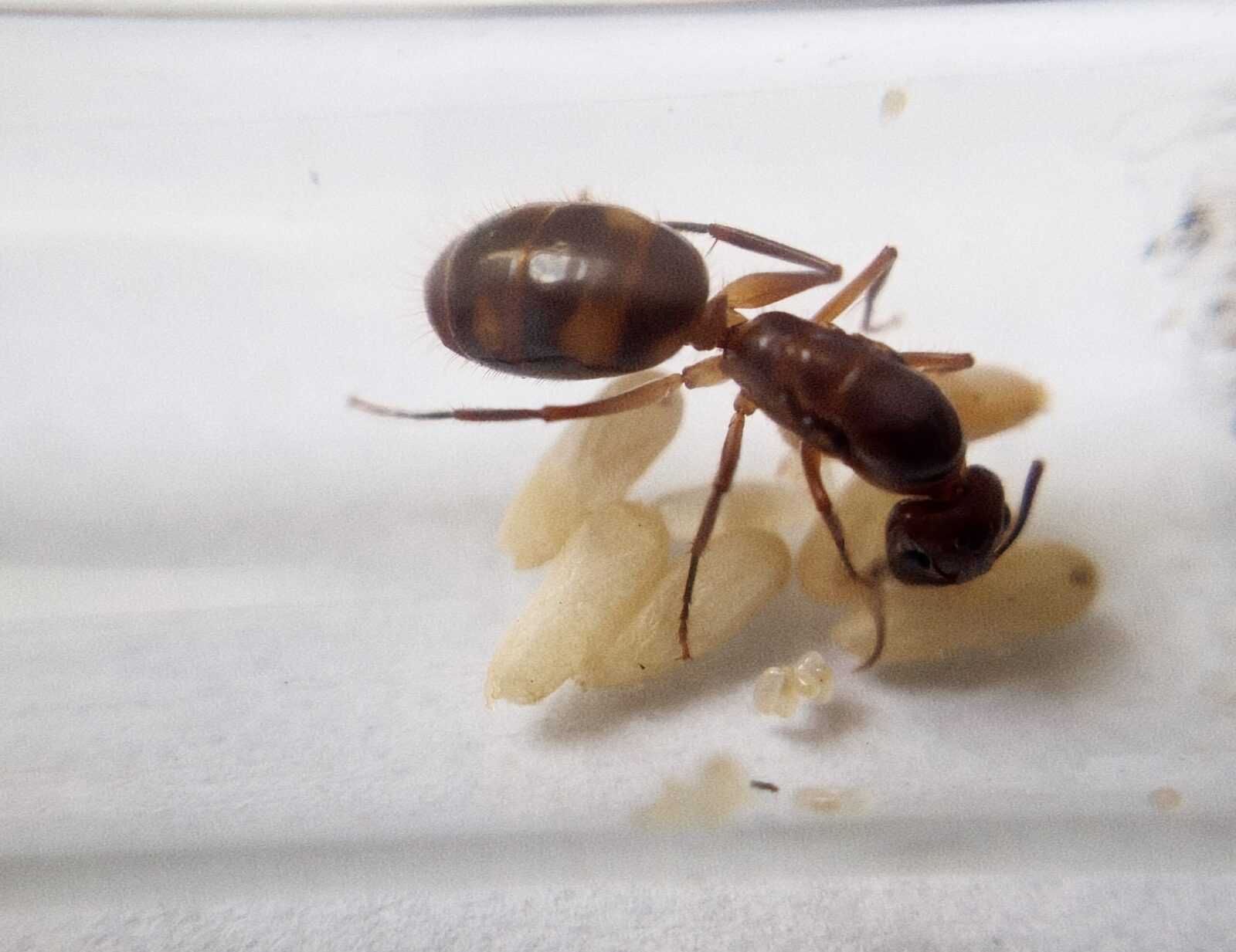
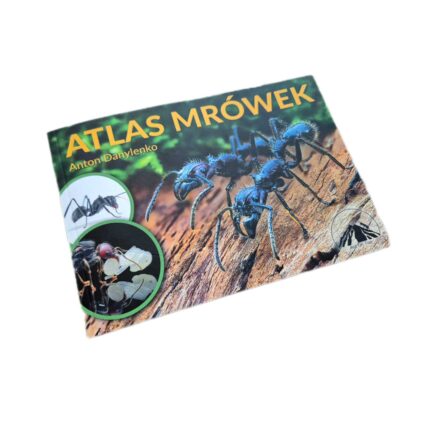
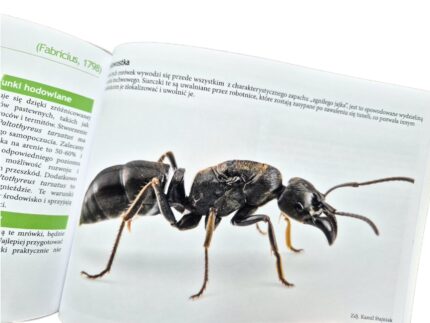
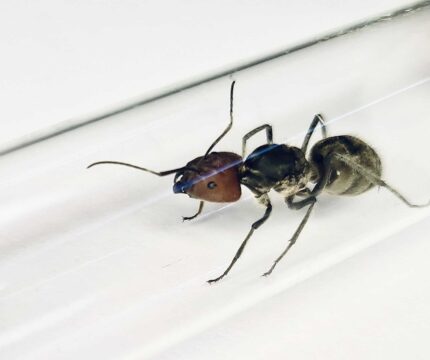
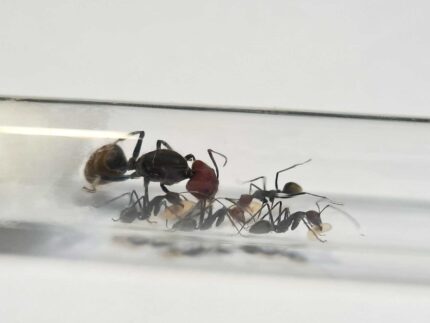
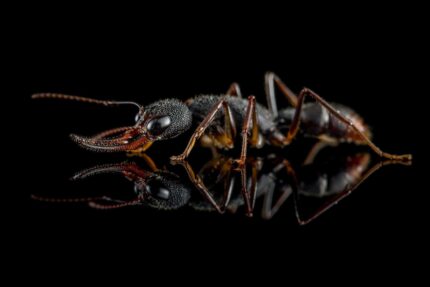
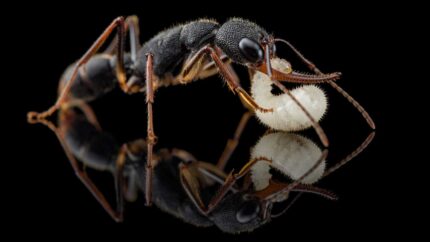
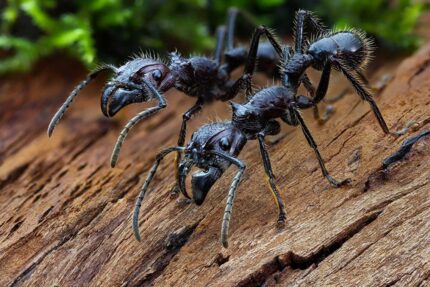
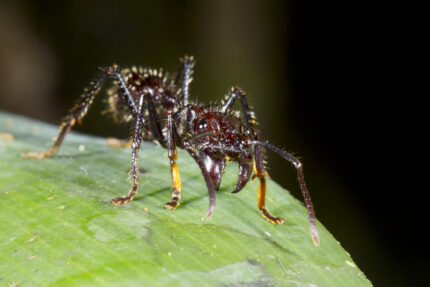
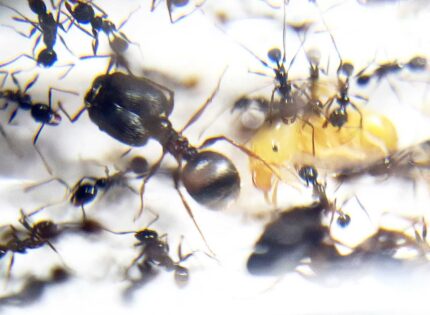
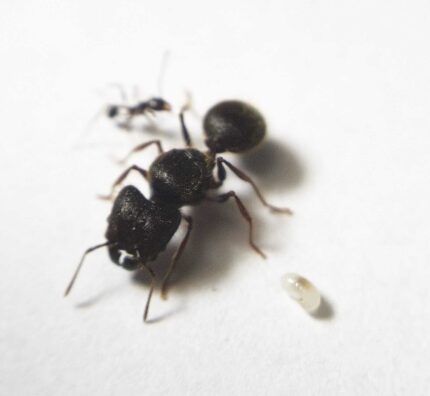
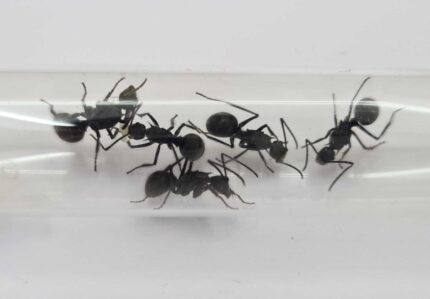
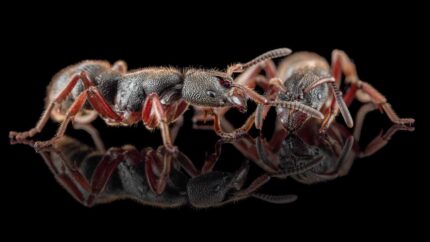
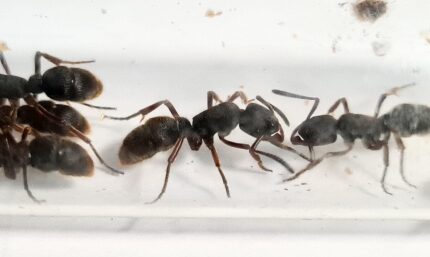
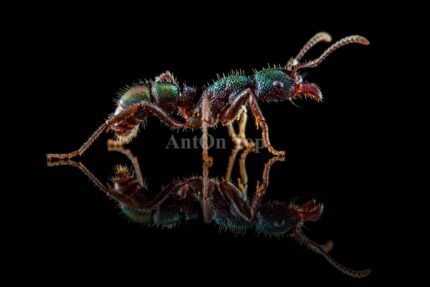
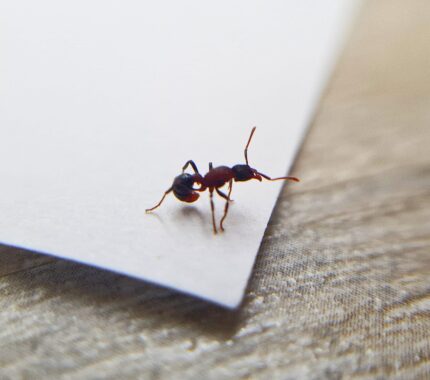
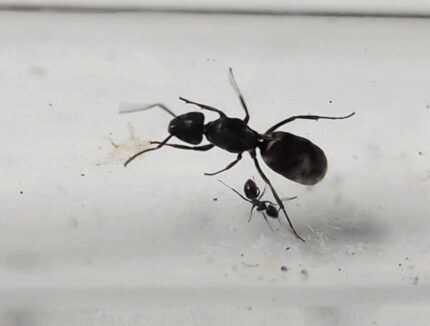
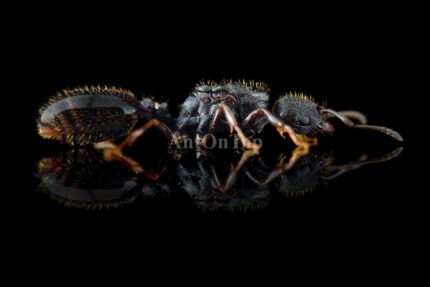
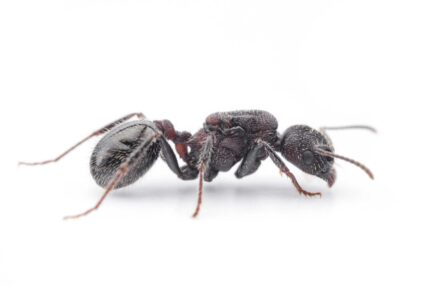
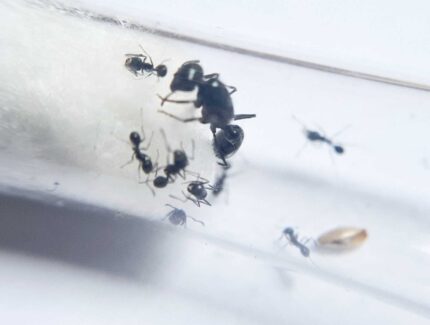
Valoraciones
Clear filtersNo hay valoraciones aún.